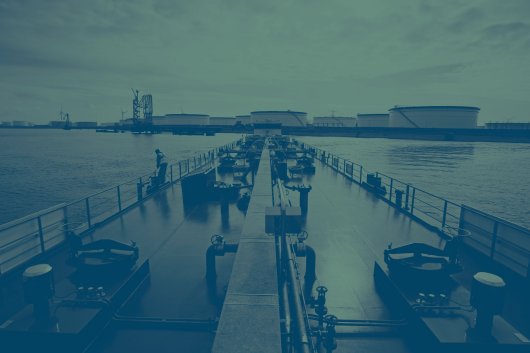Up to $25m in fuel savings for LNG carrier, says HHI
Gas treatment and supply technology could significantly reduce the vessel's fuel consumption, according to ship builder.
A new gas-powered LNG tanker, which has been delivered to Norwegian shipping firm Knutsen OAS Shipping, could save the company up to $25 million in fuel costs, according to shipbuilder Hyundai Heavy Industries (HHI).
The 81,605-deadweight-tonne (dwt) vessel, named La Mancha Knutsen, is an M-type, electronically controlled, gas injection (MEGI)-powered LNG carrier. It has a boil-off gas (BOG) reliquefaction system and a BOG high-pressure compressor.
Additionally, the vessel includes HHI's LNG Fuel Gas Supply System (FGSS) and the Hyundai Integrated Gas Supply System (Hi-GAS system), which allows marine engines to use both diesel and LNG for fuel. According to HHI, ships equipped with the system achieve improved performance and reduced emissions.
HHI's gas treatment system, the HHI Gas Management System, can be used to reliquify boil-off gas (BOG) so that it can be utilized as marine fuel in liquefied natural gas (LNG) carriers.
According to HHI, the gas treatment system can reliquefy 100 percent of the BOG and re-store it in the LNG tank, which can later be used as the ship's fuel, whereas the conventional systems can only reliquefy BOG partially.
HHI claims that an LNG carrier equipped with its HHI Gas Management System could save up to 50 percent of the fuel cost in comparison with a standard vessel using heavy fuel oil (HFO) or marine gas oil (MGO), and produce 92, 80 and 23 percent less emissions of SOx, NOx and CO2, respectively.
HHI expects the gas treatment system to save $1 million in fuel expenses per year, or up to $25 million overall if one considers that vessels are utilized on average for 25 years.
At the time of writing, La Mancha Knutsen is travelling along the south-east coast of China (latitude 23.59819, longitude 122.9241), according to vessel tracking data.
The 81,605-deadweight-tonne (dwt) vessel, named La Mancha Knutsen, is an M-type, electronically controlled, gas injection (MEGI)-powered LNG carrier. It has a boil-off gas (BOG) reliquefaction system and a BOG high-pressure compressor.
Additionally, the vessel includes HHI's LNG Fuel Gas Supply System (FGSS) and the Hyundai Integrated Gas Supply System (Hi-GAS system), which allows marine engines to use both diesel and LNG for fuel. According to HHI, ships equipped with the system achieve improved performance and reduced emissions.
HHI's gas treatment system, the HHI Gas Management System, can be used to reliquify boil-off gas (BOG) so that it can be utilized as marine fuel in liquefied natural gas (LNG) carriers.
According to HHI, the gas treatment system can reliquefy 100 percent of the BOG and re-store it in the LNG tank, which can later be used as the ship's fuel, whereas the conventional systems can only reliquefy BOG partially.
HHI claims that an LNG carrier equipped with its HHI Gas Management System could save up to 50 percent of the fuel cost in comparison with a standard vessel using heavy fuel oil (HFO) or marine gas oil (MGO), and produce 92, 80 and 23 percent less emissions of SOx, NOx and CO2, respectively.
HHI expects the gas treatment system to save $1 million in fuel expenses per year, or up to $25 million overall if one considers that vessels are utilized on average for 25 years.
At the time of writing, La Mancha Knutsen is travelling along the south-east coast of China (latitude 23.59819, longitude 122.9241), according to vessel tracking data.

|
How to engineer and manage green shipping fuels | Stanley George, VPS
Effective management strategies and insights for evolving fuel use. |
|
|
|
||

|
Swedish government bans scrubber wastewater discharges
Discharges from open-loop scrubbers to be prohibited in Swedish waters from July 2025. |
|
|
|
||
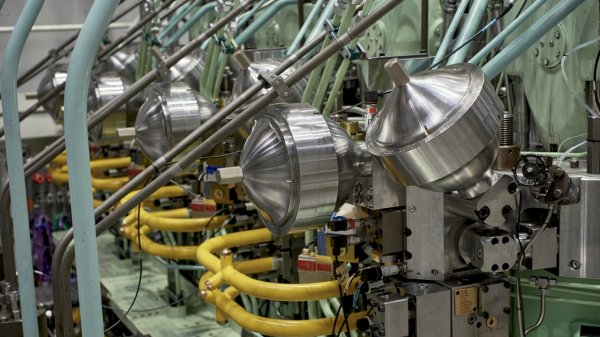
|
MAN Energy Solutions achieves 100% load milestone for ammonia engine
Latest tests validate fuel injection system throughout the entire load curve. |
|
|
|
||
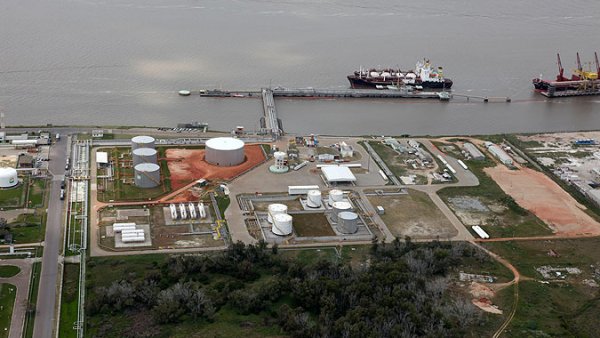
|
Petrobras secures ISCC EU RED certification for B24 biofuel blend at Rio Grande
Blend consisting of 24% FAME is said to have been rigorously tested to meet international standards. |
|
|
|
||
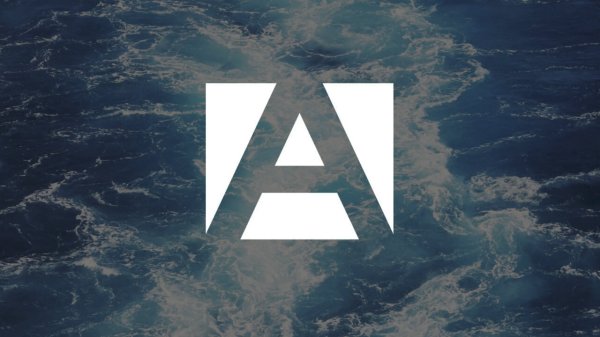
|
Stolt-Nielsen to fully control Avenir LNG with acquisition
Share purchase agreement to buy all shares from Golar LNG and Aequitas. |
|
|
|
||
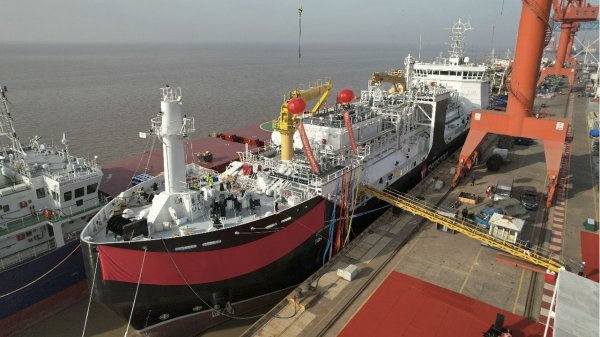
|
Bureau Veritas supports launch of CIMC SOE's LNG bunkering vessel
Handover of Seaspan Energy's cutting-edge 7,600-cbm vessel completed. |
|
|
|
||
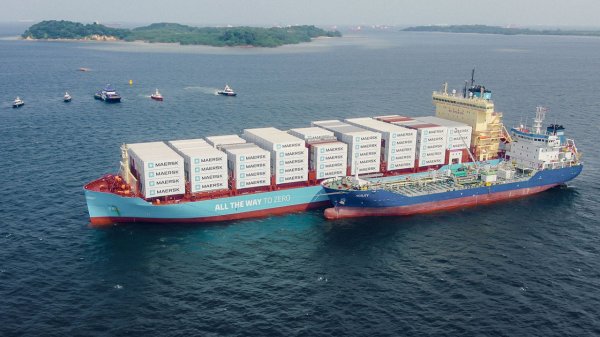
|
Methanol as a marine fuel | Steve Bee, VPS
How environmental legislation has driven the development of low-sulphur fuels and methanol-ready ships. |
|
|
|
||

|
Martin Vorgod elevated to CEO of Global Risk Management
Vorgod, currently CCO at GRM, will officially step in as CEO on December 1, succeeding Peder Møller. |
|
|
|
||
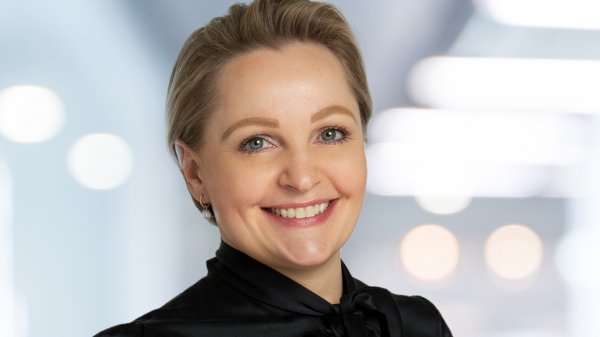
|
Dorthe Bendtsen named interim CEO of KPI OceanConnect
Officer with background in operations and governance to steer firm through transition as it searches for permanent leadership. |
|
|
|
||
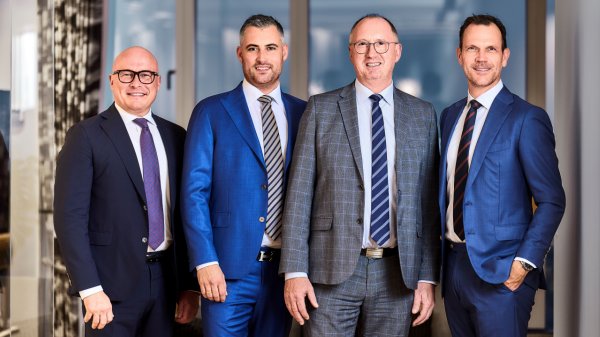
|
Bunker Holding revamps commercial department and management team
CCO departs; commercial activities divided into sales and operations. |
|
|
|
||
Related Links
- · System reliquifies 100% of boil-off gas for use as marine fuel [Insights]
- · Project to develop gas turbine-powered, electrically driven container ship design [Insights]
- · Korea plans to build LNG bunkering terminals... and most of the world's dual-fuel tankers [Insights]
- · Norway [Directory]
- · Republic of Korea [Directory]

